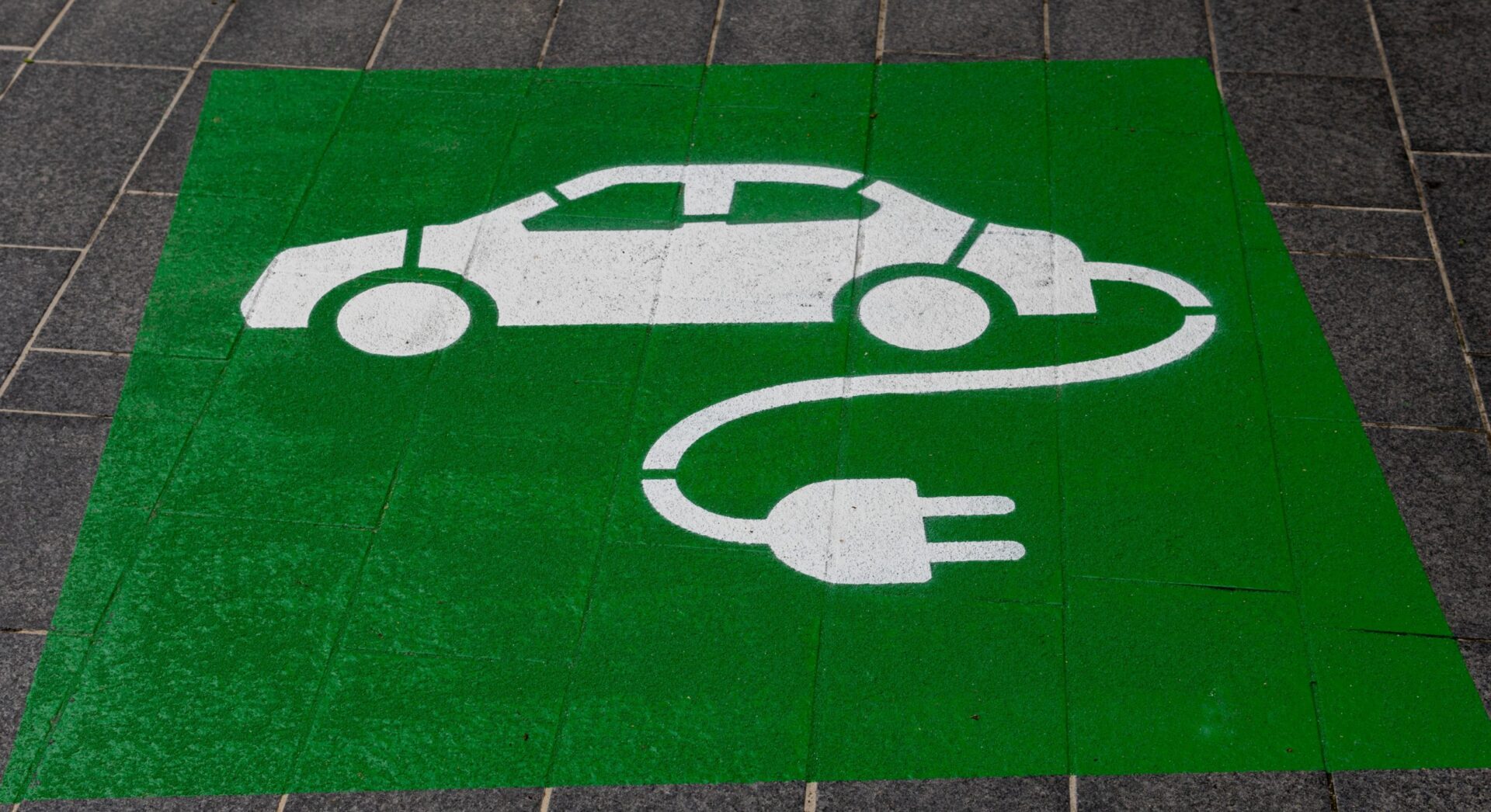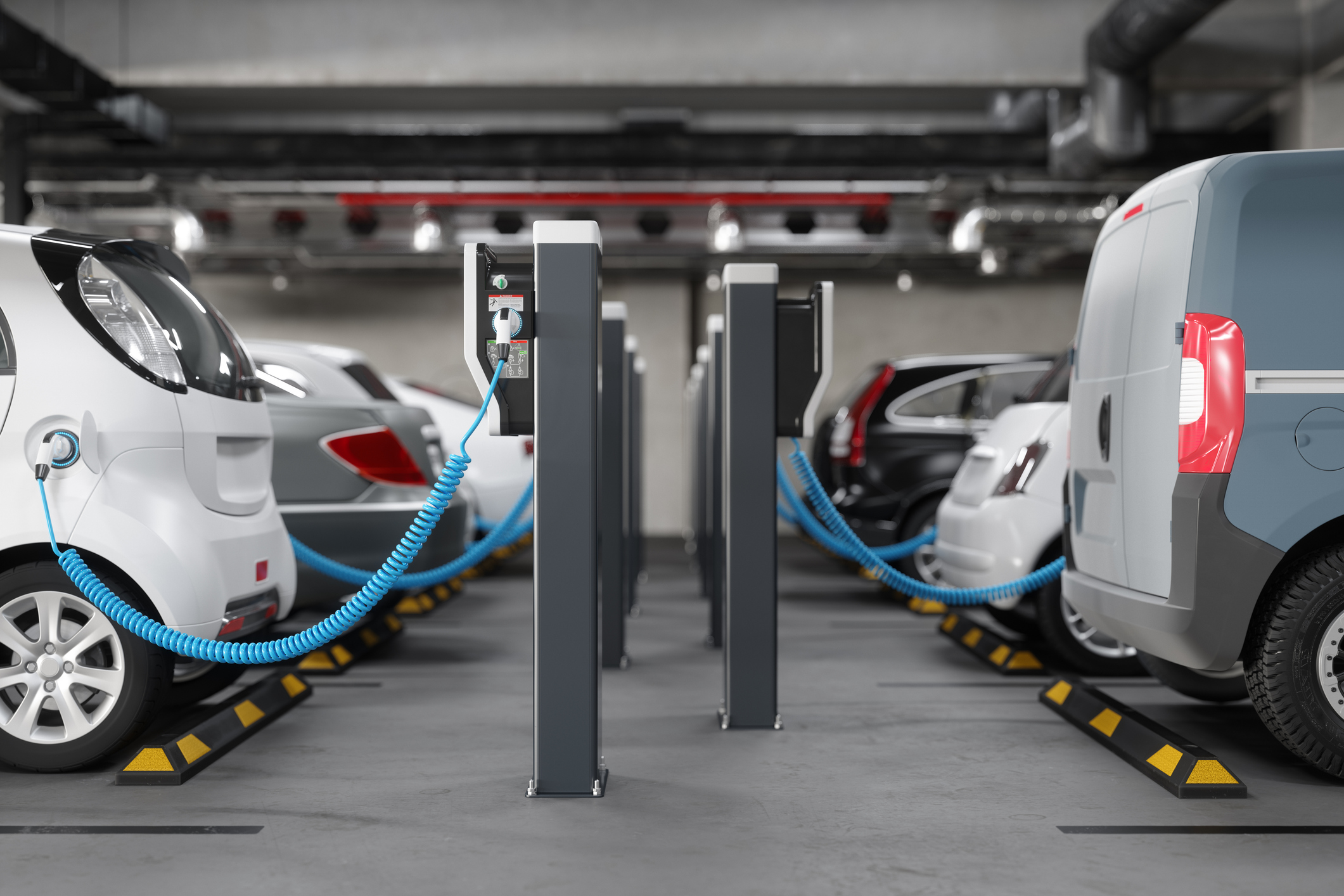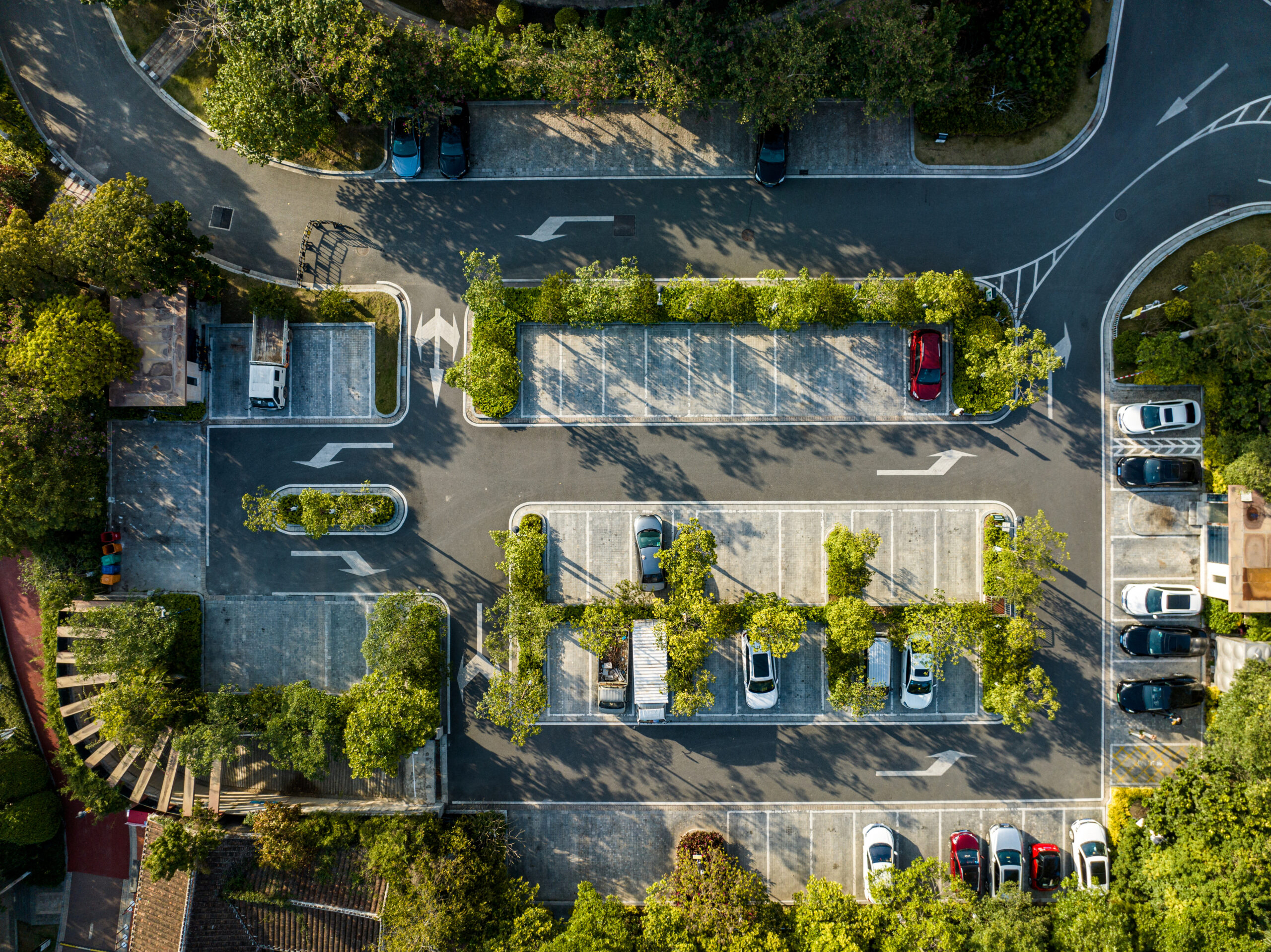Between consumer demand and the global decarbonization regulations that are reshaping the utility landscape, the electric vehicle (EV) boom has defied expectations. Global EV sales grew 40.9% (2.2 to 3.1 million) from 2019 to 2020, a surprising increase during the painful first year of the COVID-19 pandemic. By all projections, EV adoption should continue to grow over the next couple of decades. In fact, the United States plans for EVs to represent 50% of annual car sales by 2030. Exxon Mobil CEO Darren Woods says all passenger vehicles will be electric by 2040.
EV charging already strains the grid, and with more electrified vehicles on the horizon, those difficulties will only grow. Beyond just adding to the overall demand, EVs alter load curves as drivers tend to charge their vehicles overnight, in turn creating a new peak demand paradigm. Fortunately, the shift to EVs creates opportunities and challenges for utility companies. For example, connecting EVs to the grid adds more of the battery storage needed to enhance the distributed energy resource (DER) programs that utility companies can tap into when needed. By examining the past, present, and future of EVs though, utilities can chart their potential obstacles and make informed choices on how to enhance their evolving energy needs.
Defining EVs
The shift to electric vehicles will include more than just passenger cars. In 2021, EVs made up 44% (more than 685,000) of the world’s buses. Furthermore, some of the world’s largest companies have also committed to adding more EVs to their fleets. Importantly, many of those companies play critical roles in the supply chain, which means they have large fleets of vehicles that spend a lot of time on the road.
For example, Amazon has already installed thousands of charging stations in Europe and North America as it moves toward its net-zero carbon emission goal by 2040. FedEx plans to only purchase EVs by 2030 and transform its entire pickup and delivery fleet to EVs by 2040. DHL has practically solved its last-mile delivery challenges by investing in a growing fleet of electric bikes, trikes, and scooters.
From electric boats to supply chain vehicles, as companies and consumers continue to embrace electric vehicles in ways they hadn’t considered before, the difficulties that utilities face will only continue to grow. It might not take a lot of electricity to charge an e-scooter, but a fleet of 1,000 scooters used in delivery, etc., could warp load curves in unexpected ways.
How Things Charge Now
Currently, electric vehicle owners have three options for charging their vehicles.
- Level 1 chargers – The most common charger, comes with most electric vehicles and plugs directly into standard 120-volt (15-amp) outlets. Level 1 chargers are easy to use because they don’t require professional installation. Unfortunately, an hour of charging with a level 1 charger only provides enough power to travel three to six miles. It would take multiple days to charge a 2022 Tesla Model 3 Long Range, which has an estimated 353-mile range.
- Level 2 chargers – These charger types connect to 240-volt outlets and 50-amp circuits. This usually requires professional installation. Installing level 2 chargers benefit owners by adding 20 to 30 miles of driving power within an hour. The chargers are convenient for drivers, but they put a sudden strain on the grid.
- DC Fast Charging stations – Often called “level 3 chargers” by laypersons, DC fast-charging stations use direct current (DC) to power batteries quickly. Depending on the station, DC stations could charge a Tesla Model 3 Long Range in about an hour. These charging stations put the most stress on the grid, but they represent the most realistic option for long-distance travel.
It’s currently unclear how the electrification of our global transportation will influence load curves and infrastructure requirements, but utility companies can use EV telematics to gain insights into local EV charging and adapt to how people charge their vehicles. The data garnered from EV telematics include the duration of time needed to charge the vehicle, as well as when it was charged. That information is critical in determining the potential energy purchasing needed to meet peak demand and can be in turn used to enhance your existing demand forecasting strategies.
EV Charging in the Future
The U.S. and Canada have about 55,600 EV charging stations available for public use. Unfortunately, this will not meet the needs of a future that relies almost exclusively on electric vehicles. How will companies – including vehicle manufacturers and utility providers – make it easy for owners to charge their vehicles?
Solar-Powered Vehicles
There are several interesting innovations. For example, Lightyear, a Dutch EV developer, already makes a car that rarely needs to connect to the electricity grid. The company has created highly efficient photovoltaic cells that cover its car’s roof. The car charges itself when exposed to sunlight. It has a 388-mile range, 40 miles of which come exclusively from solar power. Unfortunately, few people can afford to purchase an EV from Lightyear. The current model sells for more than $260,000. The company says it plans to produce a more affordable version that would retail for about $31,000.
Fast-Charging Multi-Layered Batteries
Fast-charging batteries could ease the concerns of consumers accustomed to filling up their tanks within a few minutes. Researchers at Harvard hope to solve that issue by developing multi-layered batteries that can last 10 to 15 years before needing replacements. The research looks hopeful, but there are questions about how to transfer lab results to real-world driving environments.
Wireless Charging Pads
Utah-based WAVE builds wireless charging systems that keep fleet vehicles powered throughout the day. WAVE already works with at least six locations, including Concord, California’s County Connection bus system, and San Pedro’s Port of Los Angeles.
This approach to charging would make it possible for vehicles to receive small amounts of power when stopped above charging pads. Instead of committing to hours of charge-time, the vehicles get incremental bits of power throughout their drives.
Bidirectional Vehicle-to-Grid (V2G) Charging
Bidirectional vehicle-to-grid (V2G) charging lets EVs and the electrical grid communicate with each other to optimize energy use. V2G charging can delay vehicle charging during peak hours when grids already struggle to meet energy needs. The technology also provides the data utility providers need to understand evolving energy needs so they can invest strategically in energy purchasing and the necessary infrastructure that meets expectations.
V2G technology also creates a significant opportunity for utility companies to expand their power storage options without spending a lot of money on large infrastructure products. Today’s EV batteries can hold about 29 to 200 kWh. According to the U.S. Energy Information Administration, the average household uses 893 kWh per month. That means five 2022 GMC Hummer EV pickups with batteries capable of storing 200 kWh could power an entire home.
Viewing EVs as mobile batteries has the potential to transform the electricity infrastructure. In addition to delaying charging until off-peak hours, V2G charging means that EVs could feed stored electricity into the grid when households and businesses need it most. Utility companies will still need to address infrastructure upgrades needed to power EVs. Once electricity reaches the vehicles, though, it gets stored for future by the owner or the electricity provider.
The Grid Reimagined
About 1% of the 250 million vehicles on American roads are EVs. While that seems like a small percentage, the number grows every year. Estimates show that EVs will make up 45% of new car sales by 2035. Nearly 100% of new car sales will be electric by 2050.
EVs are already changing how people use electricity, and their influence on the grid will grow exponentially as they replace vehicles powered by combustion engines. Adapting to these changes now creates opportunities for utility companies to engage their customers, collect essential data to forecast rate structures, optimize their demand flexibility initiatives, and make better use of distributed energy resource management (DERMS) to meet global decarbonization regulations while rising to the challenges of tech disruption.





